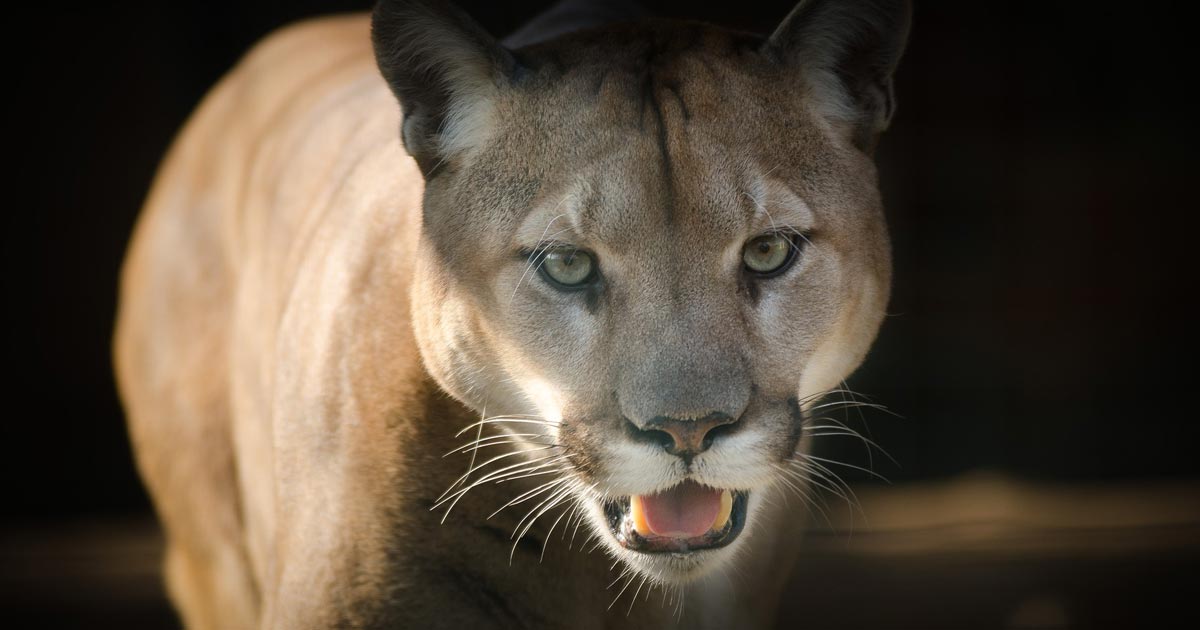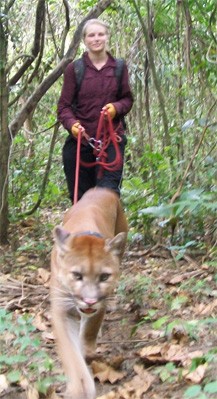
Despite expecting a purely equine placement, I’ve had a bit of a crash course in camelids over the past two weeks.
As alpacas and llamas continue to increase in popularity throughout the UK, more and more first opinion vets are having to apply their knowledge from other species to these slightly odd creatures.
Having had no previous experience with either of them, even just handling and trying to read their behaviour was a bit of a challenge.
Being social animals who get extremely upset when alone, one in-patient (a llama) was accompanied by two of his friends to minimise stress levels.
Sadly, said llama didn’t make it, but his acquaintances were able to travel home together, considerably less stressed than a lone llama forced to leave its dead friend behind.
Drugs done different
I also accompanied two of the vets to go and castrate eight alpacas, which thankfully went smoother than expected. In addition to learning the procedure itself – which is very similar to castrating a dog, apart from leaving the incision open and only using local anaesthetic – I learned how some drugs must be used differently in these animals. For example, lidocaine has to be mixed with sterile water rather than used straight.
Luckily, we had plenty of help and most people involved were experienced handlers, which made the whole operation run fairly smoothly, even if everyone did get splattered with blood and alpaca spit.
I found out the hard way that alpacas have extremely powerful legs and sharp claws, having had one narrowly miss my face but leave a considerable scratch along my neck, and another tear straight through a pair of very hardy waterproof trousers, in addition to leaving me with numerous bruises.
The point of an alpaca

Having also been to castrate a llama that day, this sparked a discussion about the purpose of camelids in this country.
Llamas are sometimes kept as guard animals for flocks of sheep, and alpacas for their wool – but, other than being expensive pets or “field ornaments”, what is the end market for breeders?
A breeder present for the mass emasculation expressed his support for castration since, as the popularity of these South American natives grows, so does the number of unwanted individuals.
This discussion on the welfare of unwanted animals reminded me of Princess Anne’s suggestion that a UK horse meat market would decrease the number of unwanted horses.
Could the same be said for camelids? Would an alpaca meat market in this country help the problem, and would it ever take off anyway? Being a very lean meat, I think there could be a market in a nation of people yearning for a healthy lifestyle.
Having visited South America in 2013, I’ll admit I was more inclined to try alpaca steak than another of their native dishes – and believe it far more likely to take off in the UK than guinea pig.










